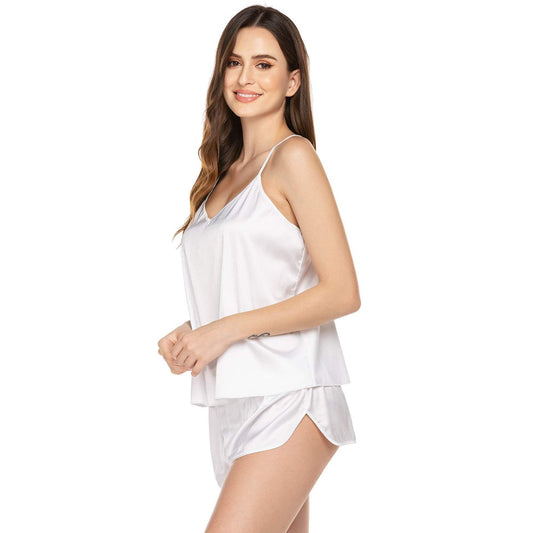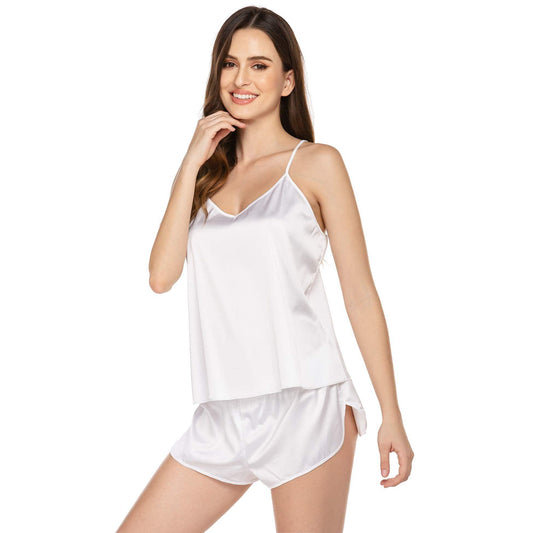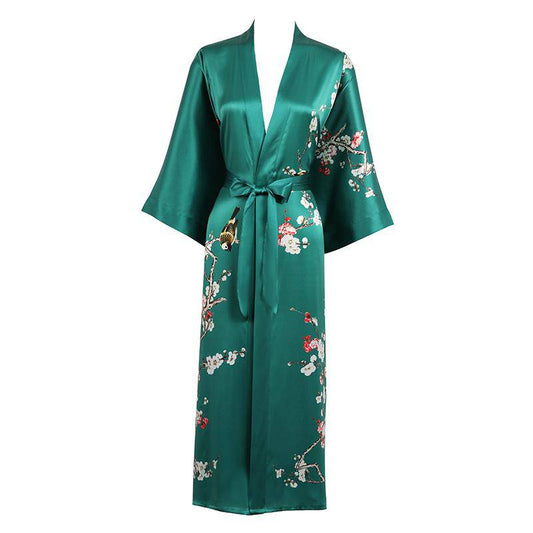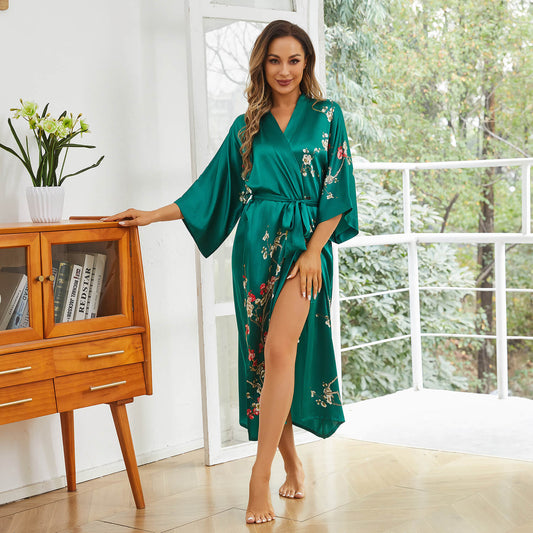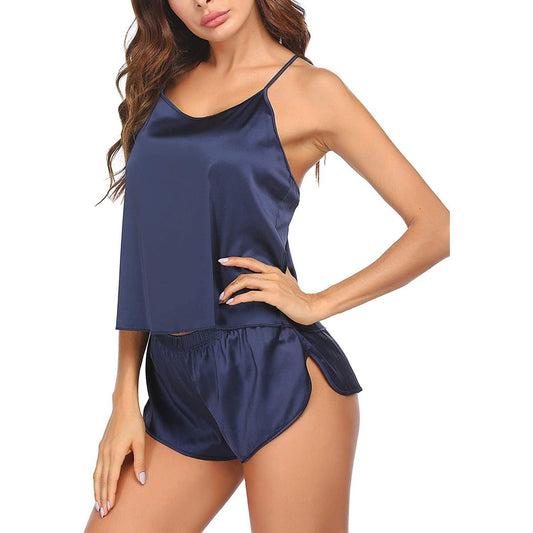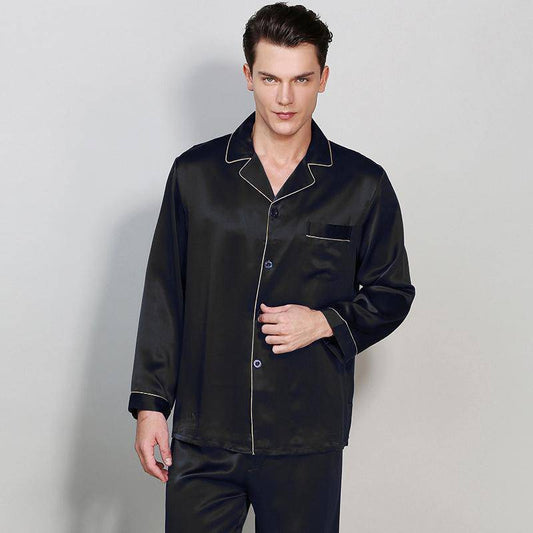Buyer Beware: Ultimate Guide to Buying Silk Bedding
If you’ve never thought about trying silk bedding, or it’s something you’ve always wanted to try, this is the perfect guide for you. , SLIPINTOSOFT has outlined all the fundamental aspects of buying silk bedding that you should take into consideration when selecting yours. From choosing the type of silk, to finding the right colours for you, find out everything you need to know in our definitive guide.

Why Silk?
First thing’s first, why should you choose silk bedding over other fabrics? Well, there are so many reasons why silk bedding is superior, and why it can do wonders for not only your sleep but also the condition of your skin and hair. Here are a few of the benefits:
- Silk is very smooth and feels great on skin.
- Silk, a naturally hypoallergenic fabric, can resists dust, fungus, mold and many other allergens.
- Silk regulates body temperature. It can keep you feel warm in cold winter while cool in hot summer.
- Silk is the longest lasting natural fabric.
- Silk helps your skin retain moisture and reduce damage caused by higher friction fabrics.
- Silk outlasts every other natural fabric and has a lifespan on par with polyester.
There are different types of silk. The most important ones are listed below.
- Charmeuse Silk, a cultivated silk, is the most commonly recognized type of silk that can be found in everything from bedding to dresses to shirts. Charmeuse Silk is an ideal fabric for sheets, pillow cases and other kinds of bedding because this type of silk is lightweight and has a natural elasticity. The back of the fabric has a dull finish, but the front has a satin sheen to it.
- Mulberry Silk, the highest quality of silk, is actually charmeuse silk that was cultivated from a special type of silkworm which is fed a very strict diet. The Bombyx mori, the silkworm which produces mulberry silk, prefers to eat the leaves of the mulberry tree. And, this particular type of silkworm has been carefully bred in captivity for over 5,000 years!
- Tussah Silk is made from wild silkworms which have not been bred, and most wild silk comes from India. This type silk is not as soft or durable as cultivated silk, for the worms are not fed a strict diet or protected in the same way that cultivated silkworms are.
- Habotai Silk is commonly used for making sheets and bedding. This type of silk is less durable than charmeuse, but it is “washed” with sand to make it feel as soft as charmeuse. However, this washing process destroys the fibers in the silk. Thus, Habotai Silk cannot be used for a long time.
- Dupioni Silk, a strong, lustrous but coarse silk made from irregular cocoons that are not of the same quality you would find in charmeuse silk, is not ideal for sheets and most bedding. Although this type of silk is used in duvets, it does not work as well to maintain temperatures because of its quality.
What is Momme?
Momme (mm) is a unit used to measure the quality of silk. One momme is equal to 4.340 grams per square metre. For bedding, a momme of 22 is considered high quality.
Thread count can also help you ascertain the quality of silk. It basically counts how many threads there are in one square inch or centimetre of the fabric and adds together the number of threads across the length and width of the fabric. 600 is considered a good thread count.
How to Choose Silk Duvet
Before choosing, you should consider the season.
In winter, choose thicker silk duvets for they trap more of your body’s natural heat. Maybe, you will need many layers of silk to keep you warm during winter.
In summer, choose thinner silk duvets for they allow more air to cool your body. And, it is recommended to choose one is usually between 2-4 tog and has no additional fabrics added to it.
In general, as long as you choose our silk duvet, you will find even our pure silk duvet is extremely warm throughout the winter.
How to Choose the Right Colors
Silk bedding comes in just about any color imaginable. Feel free to match and complement other aspects of your bedroom, such as the drapes, carpet, or walls, as you design your perfect bed linen set. Just remember the luster and sheen of the silk stands out from other colors in the room. Natural and artificial light reflects in the fabric in ways other substances can’t. Deep purple colors were the favorite of Chinese royalty, while standard hues of green, blue, and red come in deep, vibrant colors that make the centerpiece of your bedroom pop.
Care Instructions
If you’ve chosen your new silk bedding, learning how to care for it properly is the next step. Different types of silk will require different levels of care, so be sure to read the care instructions label before you do anything else.
Silk can be washed less often than traditional cotton or synthetic fibers, for silk can naturally repels dirt, dust, oils and other grime that your bedding will accumulate.
- Do no use bleach or any bleaching agents!
- Do not machine dry, for high heat and the tumbling motion can damage the fibers.
- Machine or hand wash silk with cold water.
- Let silk air-dry.
- Iron silk on the cool setting on the inside of the fabric.

